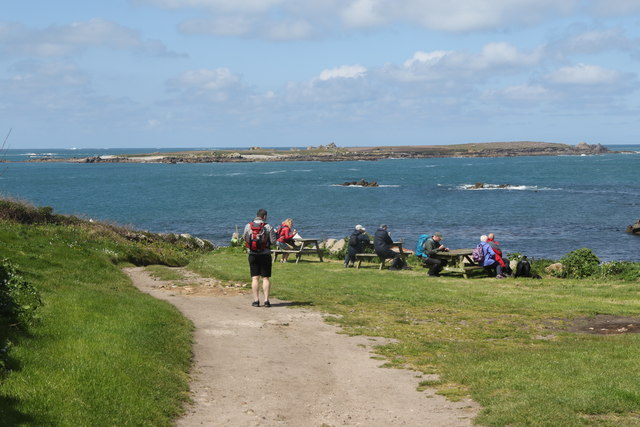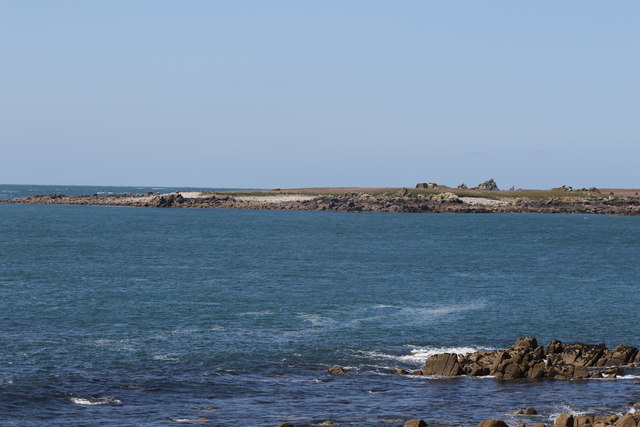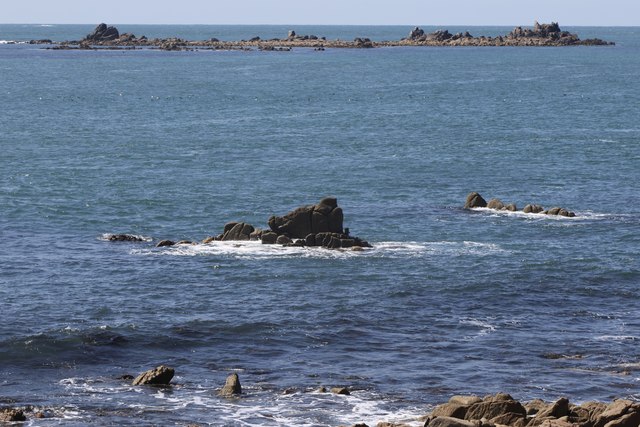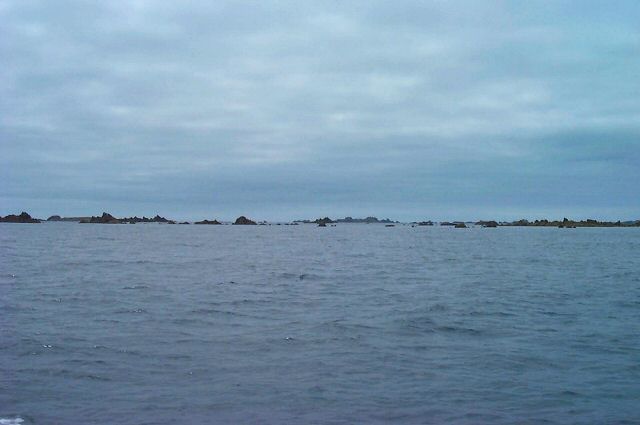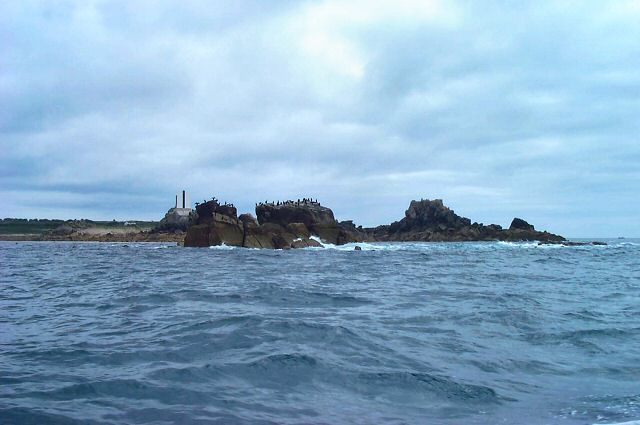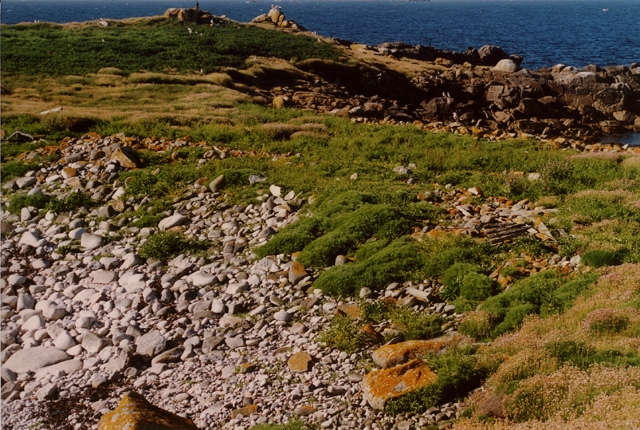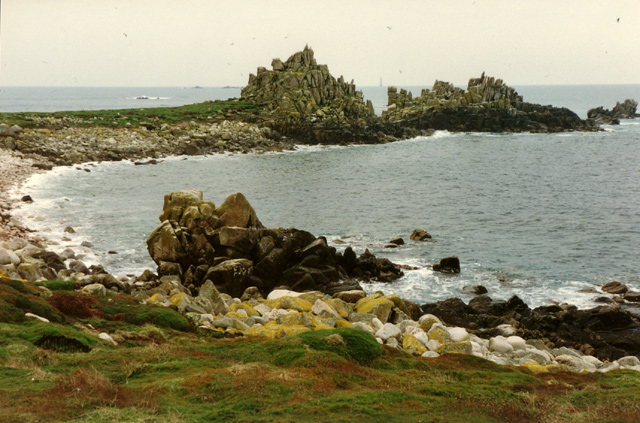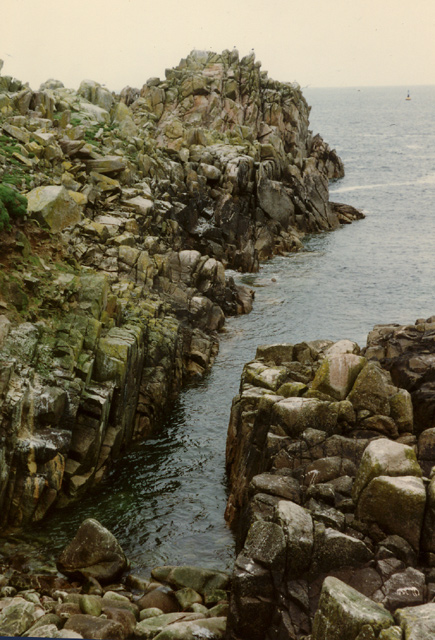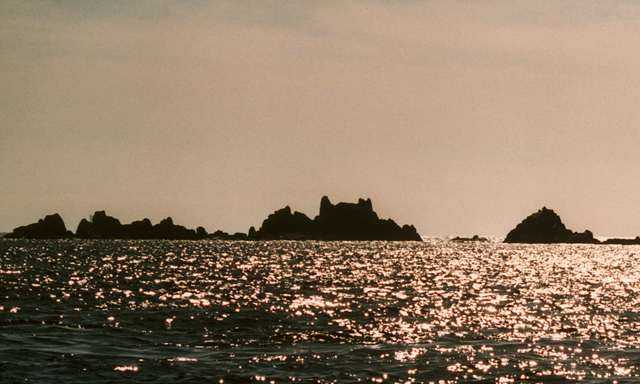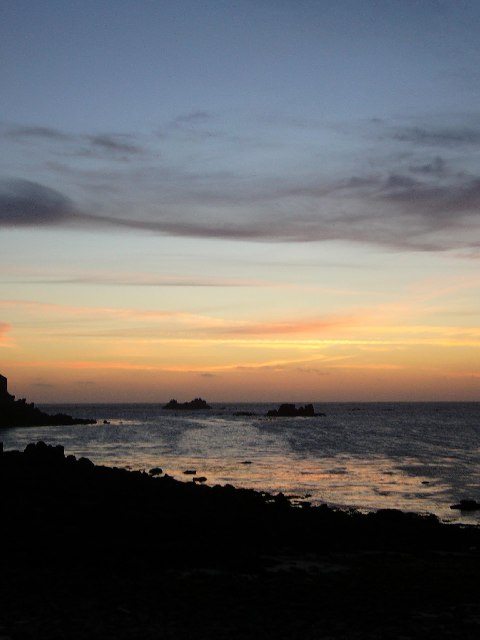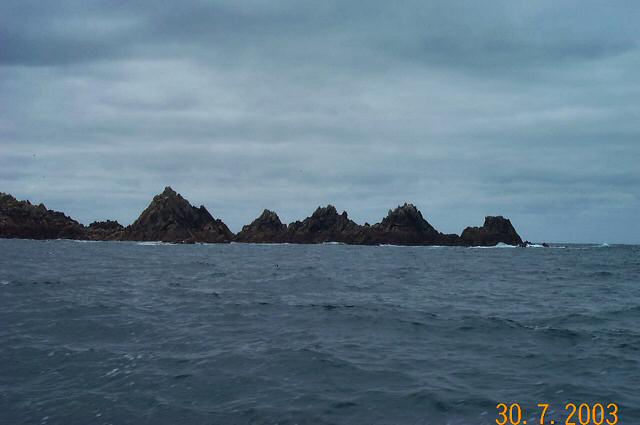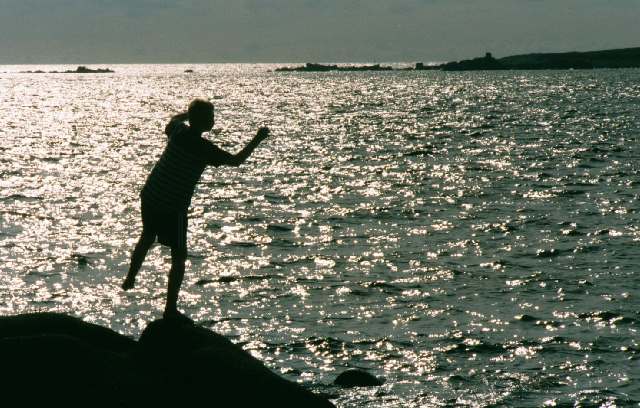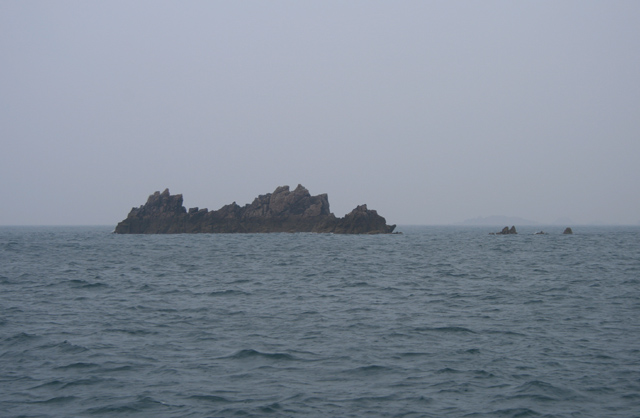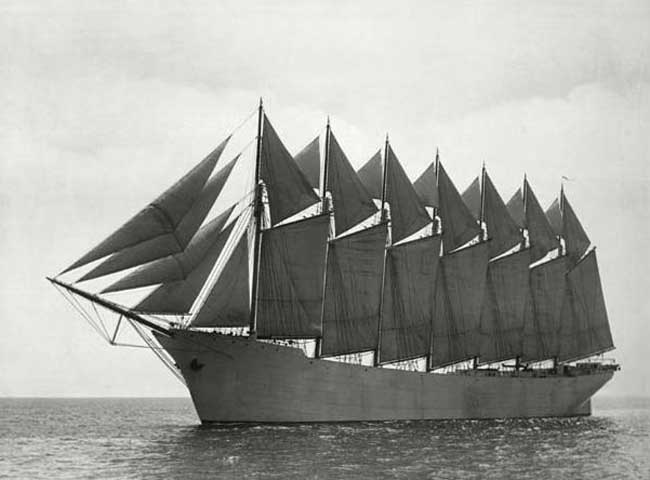Moco Rock
Coastal Feature, Headland, Point in Cornwall
England
Moco Rock
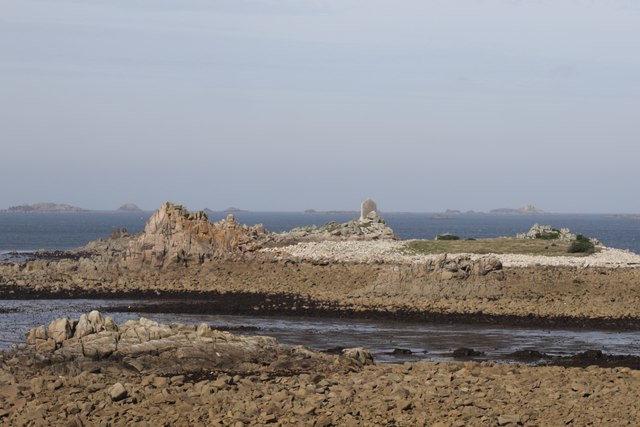
Moco Rock is a prominent coastal feature located in Cornwall, England. It is classified as a headland, also commonly referred to as a point, which extends out into the Atlantic Ocean. The rock formation is situated along the picturesque coastline of Cornwall, known for its stunning cliffs, rugged landscapes, and vibrant marine life.
Moco Rock is characterized by its imposing and distinctive appearance. Composed of rugged granite, the rock juts out into the sea, creating a natural promontory that offers breathtaking panoramic views of the surrounding area. The headland is surrounded by crashing waves and is often buffeted by strong winds, making it a popular spot for adventurers seeking an exhilarating coastal experience.
The area surrounding Moco Rock is rich in biodiversity, providing a habitat for a variety of marine and bird species. The rock formation itself is home to colonies of seabirds, including gulls, cormorants, and puffins. Furthermore, the rock's crevices and tide pools are teeming with marine life, making it a haven for snorkelers and divers.
Access to Moco Rock is relatively easy, with a well-maintained coastal path leading visitors to the headland. The path also offers opportunities for hikers and nature enthusiasts to explore the diverse flora and fauna that thrive in the area. Additionally, the headland is a popular destination for photographers, who are captivated by the dramatic coastal scenery and the rock's unique geological formations.
In summary, Moco Rock is a stunning coastal feature in Cornwall, offering visitors a chance to experience the raw beauty of the Atlantic coastline. With its imposing presence, diverse wildlife, and breathtaking views, it is a must-visit destination for nature lovers and outdoor enthusiasts alike.
If you have any feedback on the listing, please let us know in the comments section below.
Moco Rock Images
Images are sourced within 2km of 49.892257/-6.38145 or Grid Reference SV8508. Thanks to Geograph Open Source API. All images are credited.
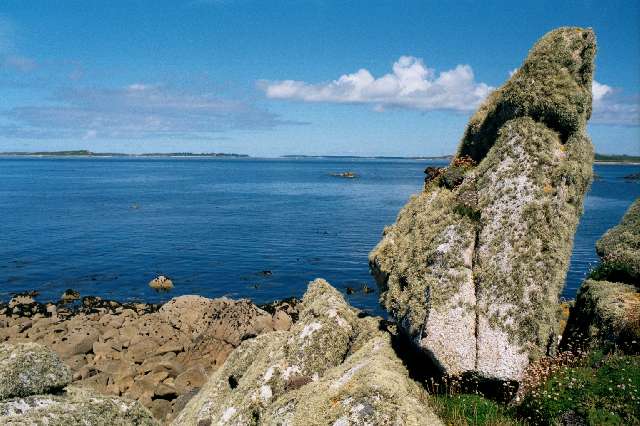
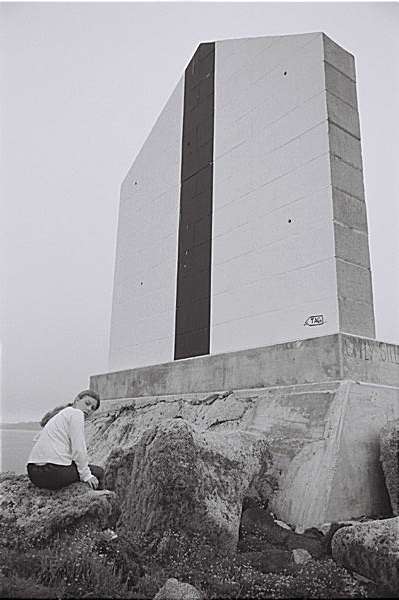
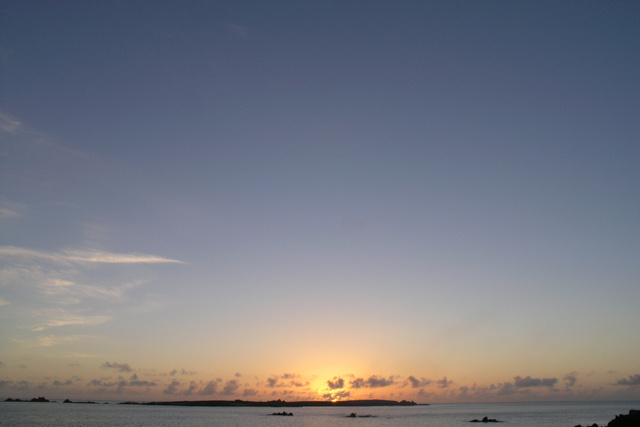
Moco Rock is located at Grid Ref: SV8508 (Lat: 49.892257, Lng: -6.38145)
Division: Isles of Scilly
Unitary Authority: Isles of Scilly
Police Authority: Devon and Cornwall
What 3 Words
///easy.jars.estimates. Near St Agnes, Isles of Scilly
Nearby Locations
Related Wikis
Thomas W. Lawson (ship)
Thomas W. Lawson was a seven-masted, steel-hulled schooner built for the Pacific trade, but used primarily to haul coal and oil along the East Coast of...
Annet, Isles of Scilly
Annet (Cornish: Anet, lit. 'kittiwake') is the second largest of the fifty or so uninhabited Isles of Scilly, 1 kilometre (0.62 mi) west of St Agnes with...
Burnt Island, Isles of Scilly
Burnt Island is a small, uninhabited island in the Isles of Scilly, Cornwall, United Kingdom. It is covered in thrift and long grasses. and is linked to...
St Agnes Lifeboat Station, Isles of Scilly
St Agnes' Lifeboat Station was situated in St Agnes, Isles of Scilly and provided a service for the Royal National Lifeboat Institution from 1891 to 1920...
Have you been to Moco Rock?
Leave your review of Moco Rock below (or comments, questions and feedback).
